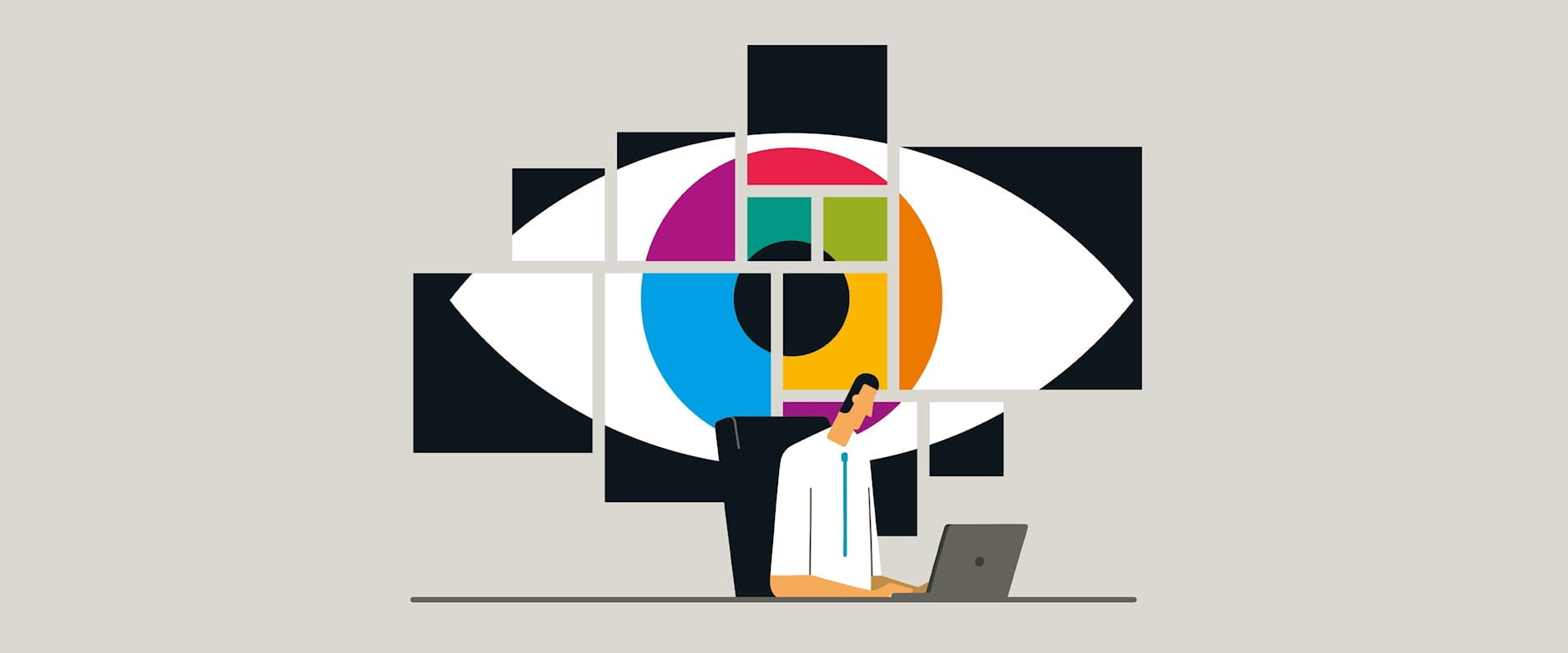When the retailer Sears filed for Chapter 11 bankruptcy in 2018, it came as little surprise to those who watched its long decline—including investors who put heat on CEO Eddie Lampert.
But contrast this failure, of a well-known chain, with the failure of financial institutions such as the 2008 collapse of Bear Stearns. When banks fail, it’s often more of a shock, even to the people with money at stake.
Chicago Booth’s Yueran Ma and Columbia’s José A. Scheinkman find that creditors monitor financial institutions less closely than they do other types of companies. Banks get less oversight, in large part because there’s no mechanism investors can use to discipline management if they need to, the researchers argue. This amounts to a significant weakness for the entire financial system.
Banks, in their simplest of forms, take in monetary deposits and lend out the funds at a profit. But modern banks also raise money from nondeposit funding sources such as capital markets, and the amounts can be substantial. At JPMorgan Chase and Bank of America, the researchers write, nondeposit sources represent 35 percent of the banks’ liabilities.
In principle, investors who have stakes in banks would watch their investments just as much as they do any others. After all, even if some standard metrics used to analyze companies don’t apply—such as EBITDA (earnings before interest, taxes, depreciation, and amortization)—there are other ways, such as capital ratios and liquidity ratios, to measure and analyze the performance of financial institutions. Yet the researchers find that investors’ oversight of financial institutions is weaker, at banks both big and small.
Ma and Scheinkman compared various aspects of financial and nonfinancial enterprises, homing in on differences in debt contracts. Investors typically include financial covenants in contracts, outlining certain metrics that companies must hit to avoid going into contractual breach. Financial institutions are less likely to have these covenants in such contracts, the researchers find.
In another sign of weaker oversight, banks take out a higher share of their debt in the form of bonds rather than loans. There are usually stronger financial covenants with conventional loans, and they are more actively monitored, Ma and Scheinkman write.

